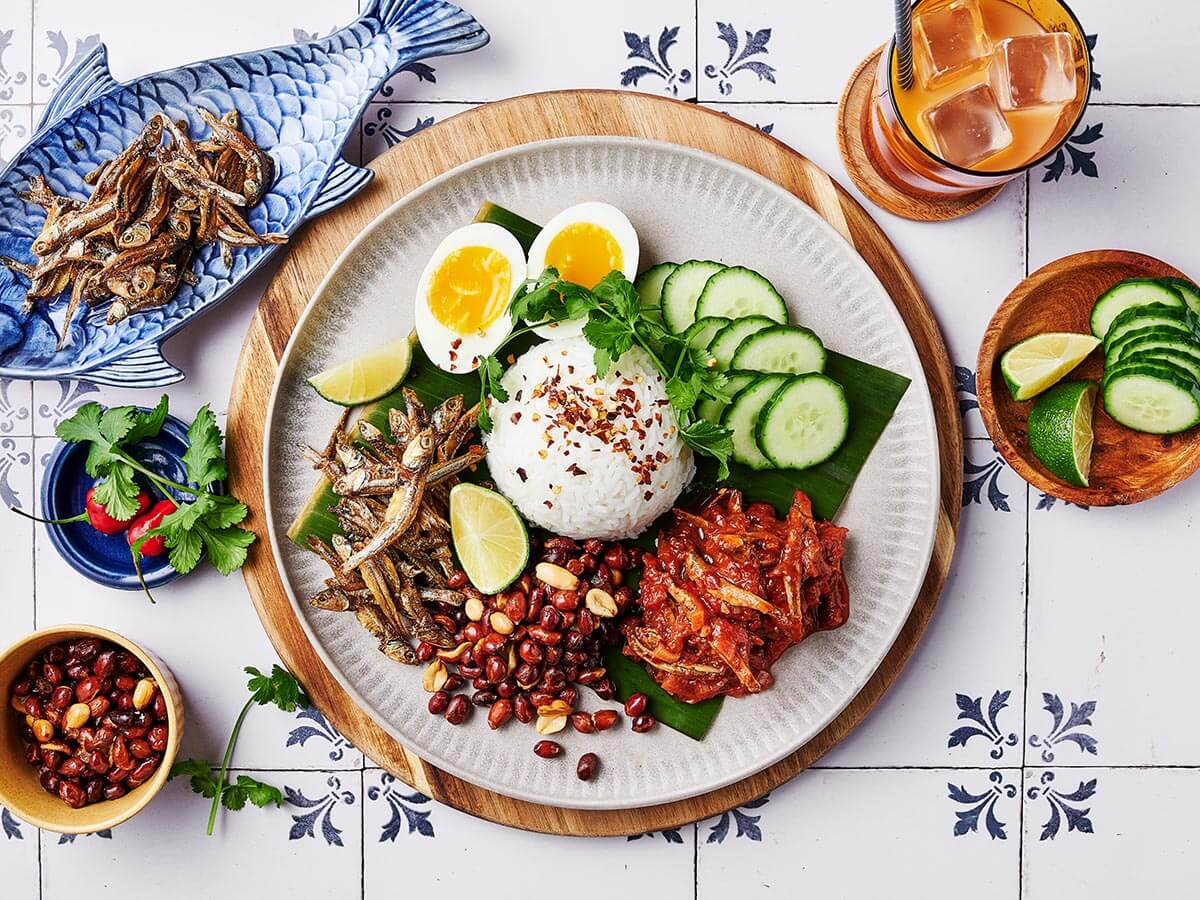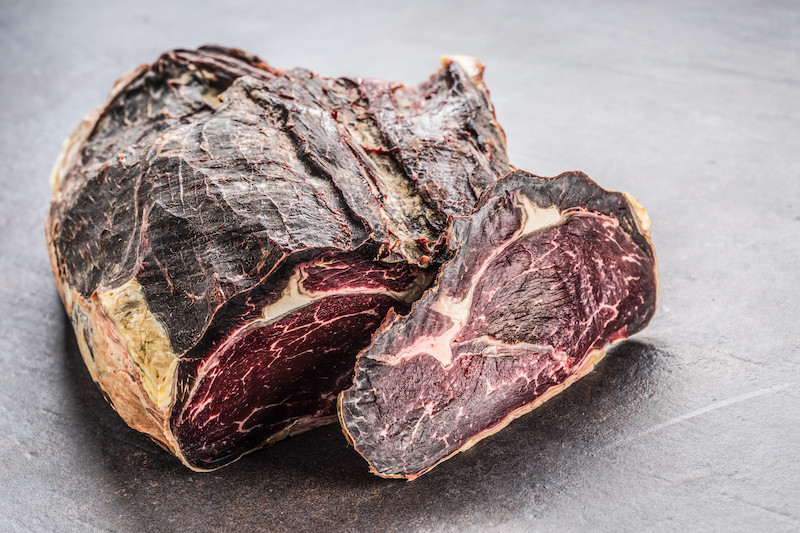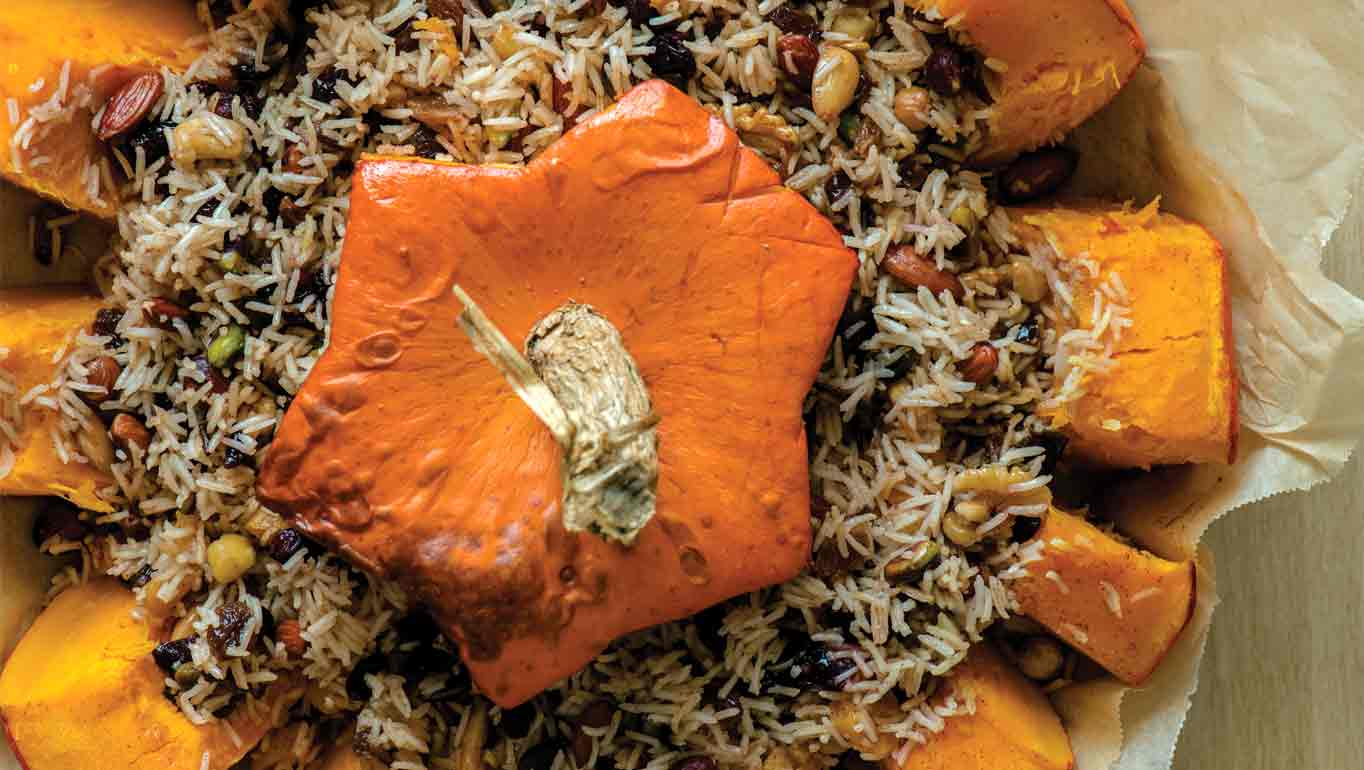Few dishes embody a nation’s cultural identity as vividly as Nasi Lemak, Malaysia’s unofficial national dish. Traditionally wrapped in banana leaves, this fragrant rice meal tells the story of the country’s diverse roots—Malay, Chinese, Indian, and Indigenous influences blending harmoniously. The rice, cooked in creamy coconut milk and pandan leaves, exudes a comforting aroma that forms the base for a medley of flavors: spicy sambal, crispy anchovies, toasted peanuts, cucumber slices, and a perfectly boiled egg. Each element represents a balance—richness and heat, texture and freshness—that defines Malaysian cuisine.
Beyond its delicious appeal, Nasi Lemak carries deep cultural meaning. Historically, it began as a farmer’s breakfast, providing energy for long hours in the fields. Over generations, it evolved into a dish enjoyed at every time of day—from roadside stalls and school canteens to luxury hotels. Its adaptability reflects Malaysia’s social fabric: diverse yet united. Regional variations also showcase local identity—Penang’s version with fried chicken, Johor’s with sambal sotong (spicy squid), and East Malaysia’s with wild ferns and salted fish.
In the modern culinary landscape, Nasi Lemak has transcended borders, appearing on menus from London to New York as a proud ambassador of Southeast Asian cuisine. Yet, at its heart, it remains a humble comfort food—a reminder that true cultural richness often begins with a simple meal shared with others. As Malaysia continues to evolve, this dish stands as a delicious, enduring symbol of its warmth, diversity, and unity through food.











